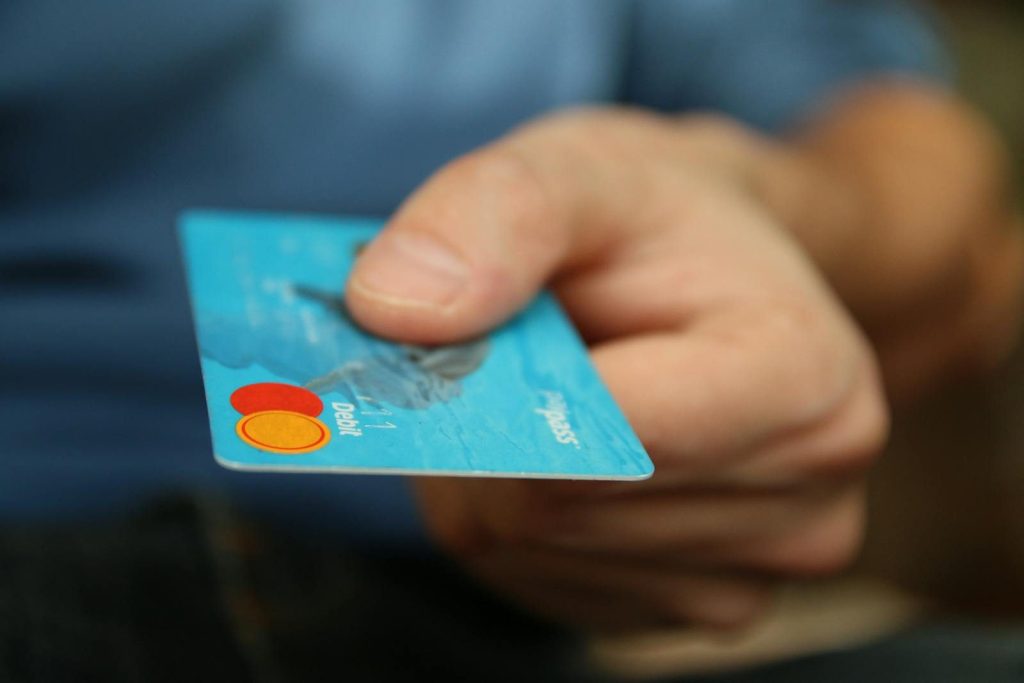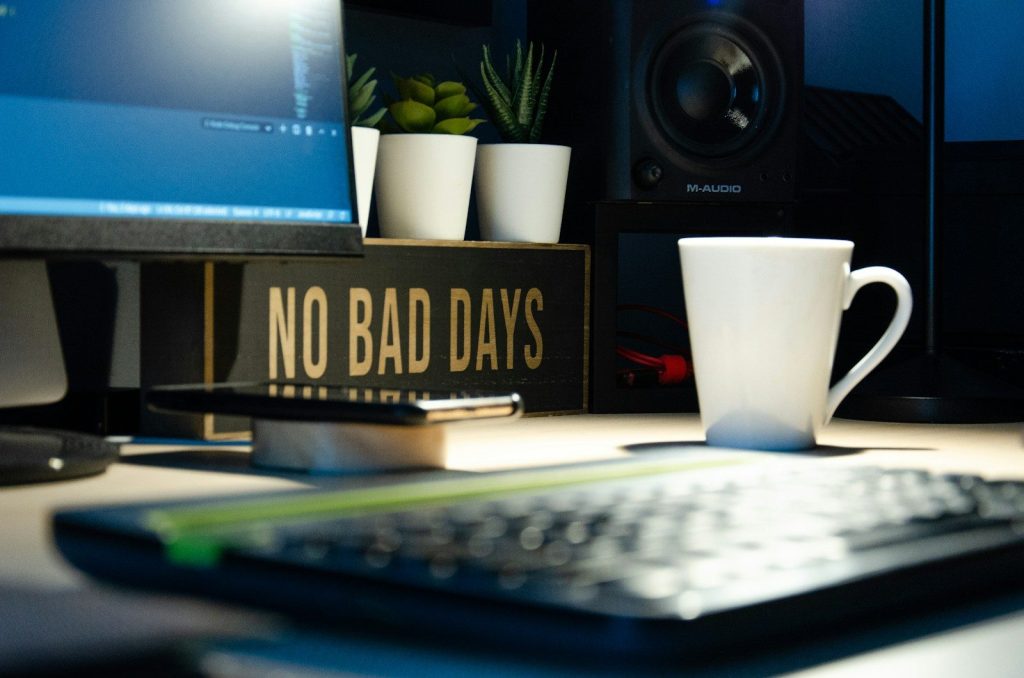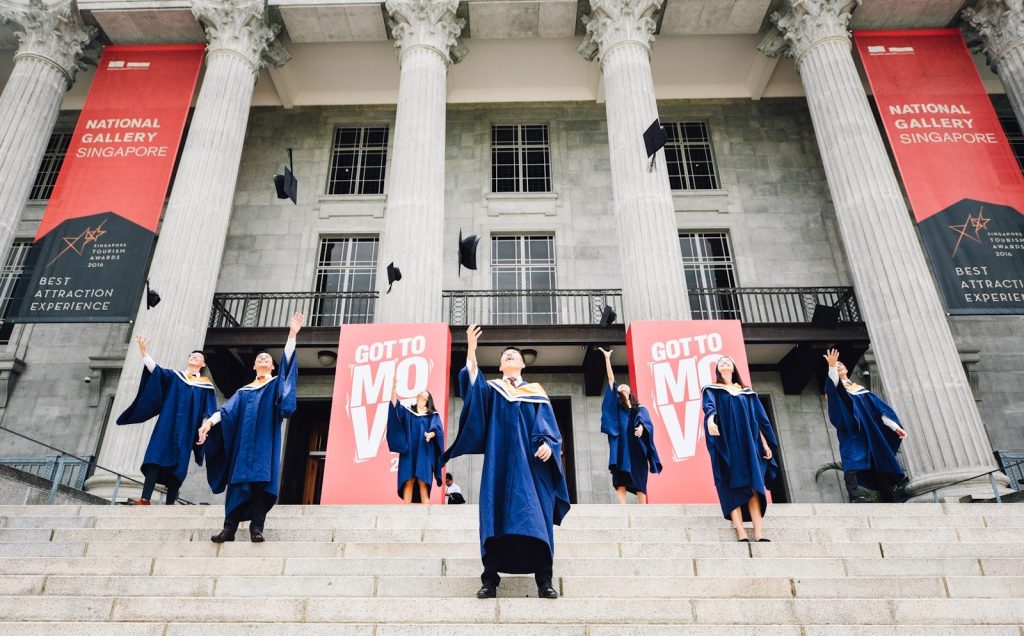(A Money Moment Every Teen—and Parent—Should Think About)
Let’s say you’re 17, and someone hands you a check for $10,000. No strings attached. What’s your first move?
New phone? Dream vacation? First car? Most teens would jump straight to spending. And honestly—who wouldn’t?
But here’s the bigger question: how you handle $10,000 today is a preview of how you’ll handle $100,000 tomorrow. And that’s something both students and parents should be thinking about.
💸 Spending
Spending feels good—instantly. It’s fun, and sometimes necessary. But unless you’re spending on something that builds long-term value (like tools for school, work, or health), the money’s gone. And fast.
Tip: Spend for needs first, not just wants. And wait 24 hours before big purchases—you might change your mind.
🏦 Saving
Saving isn’t just about hoarding money. It’s about giving yourself options. Emergencies, college, future plans, or even launching your own brand all require cash. Even putting away $2,000–$3,000 can give you peace of mind and momentum.
Parents: This is the first step in your teen building financial discipline.
📈 Investing
Here’s where the smart money moves start. If you invest $5,000 at 18 and never add another dollar, it could grow to over $100,000 by the time you retire. That’s the power of compound interest.
Investing isn’t gambling—it’s buying pieces of companies and letting your money grow while you sleep.
So… What Would You Actually Do?
The best approach? A mix:
✅ Spend a little ($500–$1,000)
✅ Save a chunk ($2,000–$3,000)
✅ Invest the rest ($6,000–$7,000)
Whether you’re a student thinking about your future—or a parent hoping your teen is ready for it—this is what real-world financial education looks like.
That’s why schools are teaming up with Bill Barnett, author of Smarter Minds, and creator of the “You’re the CEO Now!” financial literacy program.
Because what good is a degree… if you can’t manage your money?



































